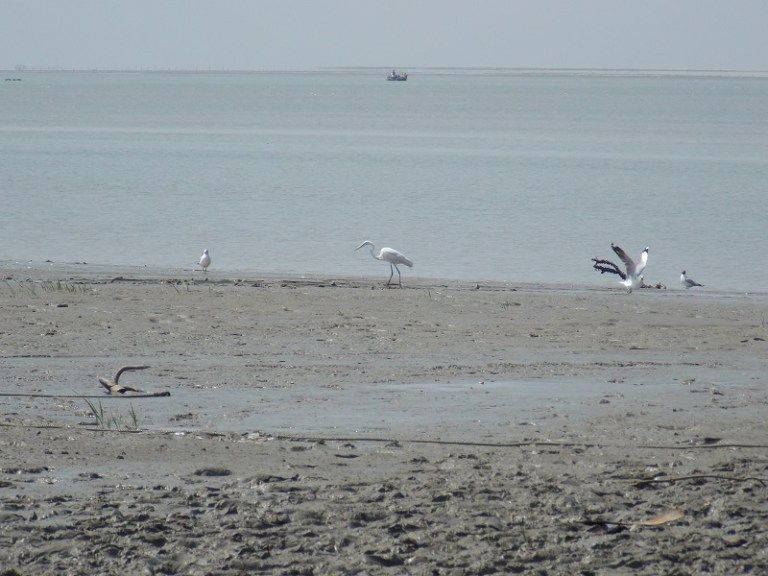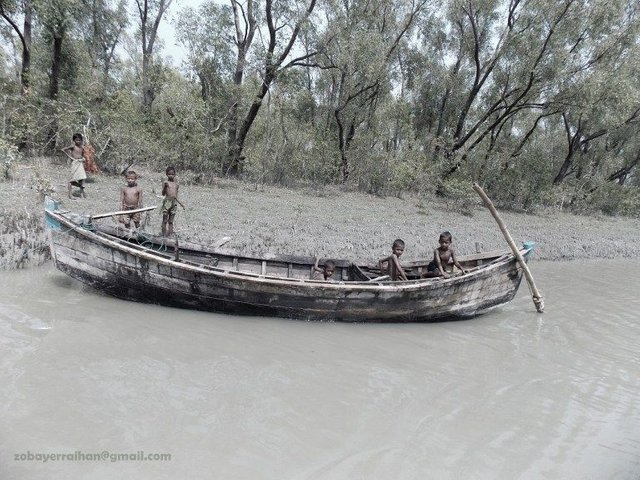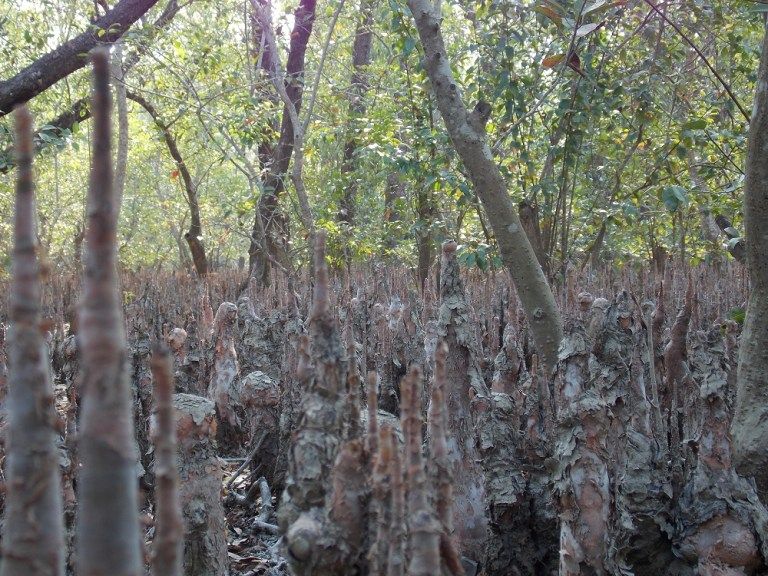Steimit all friends to travel to Nijhum Island

Nijhum Island! When you heard the name of a mysterious ignorance! Around the sea, the estuarine, the Keora forest, and the thousands of deer, the sanctuary is absolutely safe! Waking up in the morning you will hear the fishes of numerous birds. Clean sunrise The sunrise in the afternoon should be tremendous to the viewers of the forest that any tourist should be. Suddenly, you will see a sparkling golden sparkle in the springs! The deer! They will be stunned for a moment after seeing their masky eyes. When you return, nothing is there! It is hidden in nature!
Here comes the afternoon of mauaby form. Evening in the evening, when the sun sets on the grave of the Kabir, the scene will definitely be the best sunset you can see! Here is the name of the night with a lot of beauty and richness. The light of the full moon like the thali on the forest will shine on your body. That view is divine, that feeling is unthinkable!

So, let's go to Bengal's heaven on Nijhum Island. See yourself See Bangladesh

Nijhum Island is a small island of Bangladesh. Insipid Nijhum Island in Hatia upazila of Noakhali district The former name of Nijhum Island was Char-Osman. Vasan, a town named Bastania, settled on the first Nijhum island with the buffalo bath. Then it was named after this name. Later this name was instead named Nijhum Island. It is named as Balharkar, Char Osman, Kamalar Char and Chur Muri - in the Nijhum Island. About 14,000 acres of island woke up in the year 1950. Until the year 1970, there was no settlement, so the island was neutral. Forest Department of Bangladesh started the activities of forest department in the 70's. First of all, the four pairs of deer are released on experimental basis. Nijhum Island is now the Wildlife Sanctuary. According to the deer of 1996, the number of deer is 22,000. Nijhum Island, surrounded by saltwater, is the sanctuary of the canow tree. Nijhum Island is said to be the second largest mangrove forest in Bangladesh after the Sundarbans in the mangrove forests.
.jpg)
Nijhum Island has no wild animals except deer and buffalo. The number of deer is about 22,000. Nijhum Island has approximately 35 species of birds. Also in the winter season, Nijhum Island became the home of numerous species of birds. The vast area of Nijhum Island is a large area of sediment. If the tide drowns in the water and dries down, then the snig. There are various species of birds in these places. These are the only food of various species of tidal waters that carry water. Besides, there are approximately 43 species of Lataurs and 21 species of other species.
How to go
There are two different routes from Dhaka to the Nijhum Island.
Road route: Dhaka-Sonapur (Noakhali) -Charman Ghat-Hatia Nalchira Ghat (Sea-truck or Trawler) - Other side of Hatia Jahazamara Bazar-Nijhum Island Garaon Ghat (Ferry Crossing) -Nijhum Island Bandartila Ghat-Nomar Market
Daily buses from Sayedabad and Kamalapur in Dhaka left for Noakhali. It takes 5-6 hours. 250 to 350 rupees by paying rent. At Sonpur, the chairman's ghat again on the bus. It will take 2 hours.
Rent is Rs 80-100 per person Prior to bargaining. It takes 30 minutes to reach the destination. On the other side, you will see on the other side of the forest, the forest of the dense forest of dreams. At nine in the morning, leaving the boat to Nijhum Island. Rent 50-60 taka It takes 30 minutes. You can see many birds passing through the river. Nijhum will drop you to the island that will go down the name 'Bandarattila Ghat' and go straight to the 'Namar Bazar'. Rent per 150 rupees. (Travel and Rental Information March-2015)
